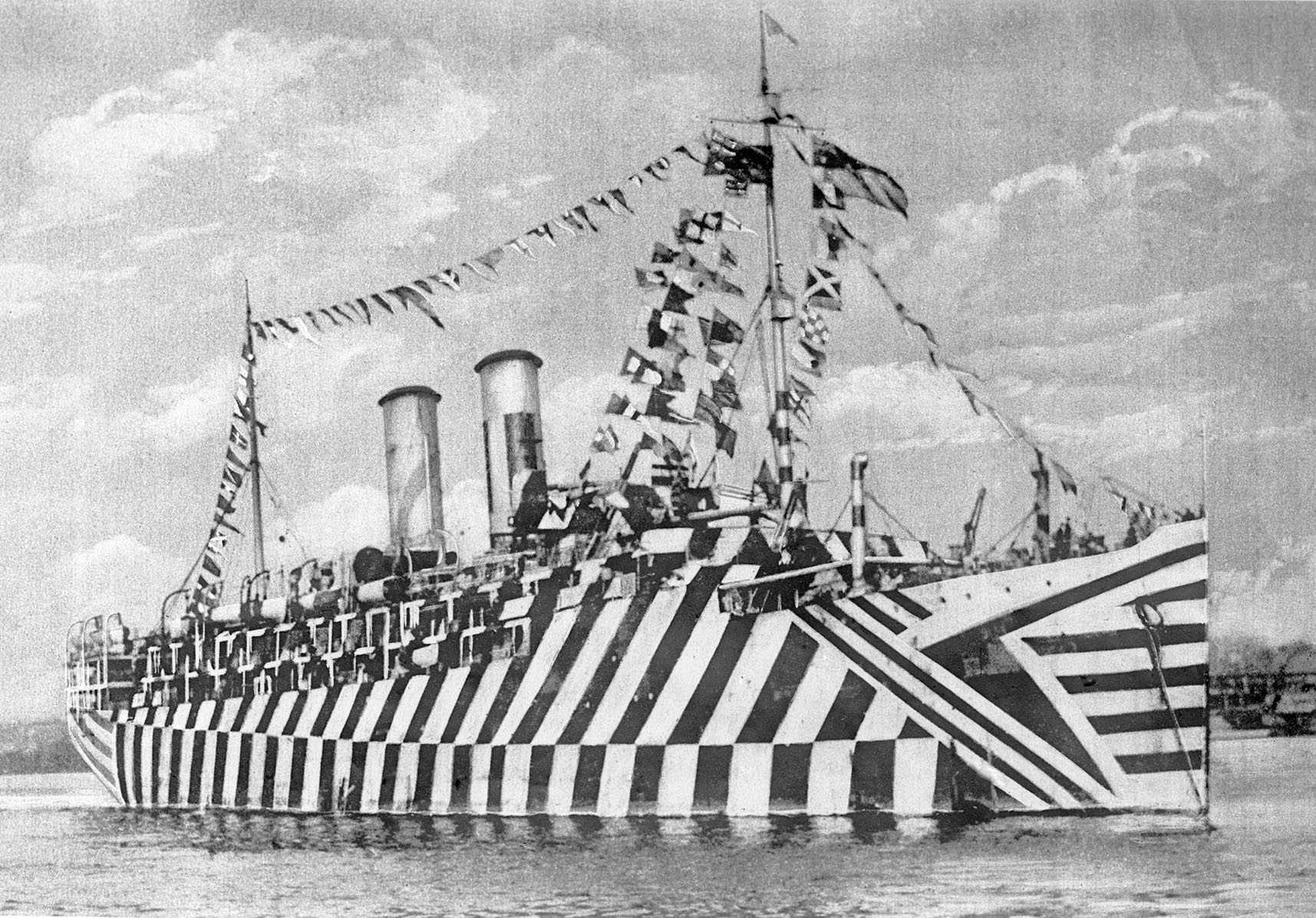Difference between revisions of "RMS Osterley"
From Our Contribution
| (4 intermediate revisions by the same user not shown) | |||
| Line 1: | Line 1: | ||
| − | {{Infobox | + | {{Infobox ship |
| − | | | + | | image = [[File:RMS_Osterley_2.jpg]] |
| − | | | + | | caption = c1910 John Oxley Library, Queensland |
| − | | | + | | image2 = [[File:RMS_Osterley_1.jpg]] |
| − | | | + | | caption2 = Victorian State Library - Green Collection |
| + | | shipname = RMS Osterley | ||
| + | | shipowner = Orient Steam Navigation Co. Ltd., Glasgow | ||
| + | | shipbuilder = London & Glasgow Eng. & Iron Sbldg. Co. Ltd., Govan | ||
| + | | shipyardnumber = 333 | ||
| + | | shiplaunched = 26 Jan 1909 | ||
| + | | shipcompleted = 1909 | ||
| + | | shipinservice = 1909 | ||
| + | | shipoutofservice = 1930 | ||
| + | | shipinservice2 = | ||
| + | | shipoutofservice2 = | ||
| + | | shipreclassified = | ||
| + | | shipID = HPGN | ||
| + | | shipfate = broken up 1930 | ||
| + | | shiptype = Passenger vessel | ||
| + | | shiptonnage = 12,129 ton | ||
| + | | shiplength = 535.0 ft (163.1 m) | ||
| + | | shipbeam = 63.2 ft (19.3 m) | ||
| + | | shipdepth = 34.1 ft (10.4 m) | ||
| + | | shippropulsion = twin screw | ||
| + | | shipspeed = 18 knots (33.334 km/h) | ||
| + | | shipcapacity = 1,310 passengers (280 x 1st, 130 x 2nd, 900 x 3rd) | ||
| + | }} | ||
| − | |||
| − | |||
| − | |||
| − | |||
| − | + | ==Remarks== | |
| − | + | Built for the Orient Line, it was operated by the Orient Steam Navigation Co. Ltd on the United Kingdom to Australia service as part of a Mail service agreement with the Commonwealth. An attempt to launch her on 21 Jan 1909 was thwarted by frost, but a second attempt on 26 Jan 1909 was successful. Mechanical problems were to dog her innauguaral voyage to Australia, with repairs required at Plymouth, Port Said and in the Red Sea. Her insulated holds provided for about 2,500 tons of perishable produce. | |
| − | |||
| − | |||
| − | |||
| − | |||
| − | |||
| − | |||
| − | |||
| − | |||
| − | |||
| − | |||
| − | |||
| − | |||
| − | |||
| − | |||
| − | |||
| − | |||
| − | |||
| − | |||
| − | |||
| − | |||
| − | |||
| − | |||
| − | |||
| − | |||
| − | |||
| − | During World War I the Osterley was used as a troopship by the Australian Imperial Force (AIF). | + | During World War I the Osterley was used as a troopship by the Australian Imperial Force (AIF). After her final sailing as a troop ship in 1919, Osterley returned to the Australia service before being sold to P.& W. MacLellan of Glasgow in 1930 for breaking up. She made 59 return journeys to Australia during her lifetime. |
==Soldiers carried== | ==Soldiers carried== | ||
Latest revision as of 22:03, 10 October 2023
Contents
Remarks
Built for the Orient Line, it was operated by the Orient Steam Navigation Co. Ltd on the United Kingdom to Australia service as part of a Mail service agreement with the Commonwealth. An attempt to launch her on 21 Jan 1909 was thwarted by frost, but a second attempt on 26 Jan 1909 was successful. Mechanical problems were to dog her innauguaral voyage to Australia, with repairs required at Plymouth, Port Said and in the Red Sea. Her insulated holds provided for about 2,500 tons of perishable produce.
During World War I the Osterley was used as a troopship by the Australian Imperial Force (AIF). After her final sailing as a troop ship in 1919, Osterley returned to the Australia service before being sold to P.& W. MacLellan of Glasgow in 1930 for breaking up. She made 59 return journeys to Australia during her lifetime.

